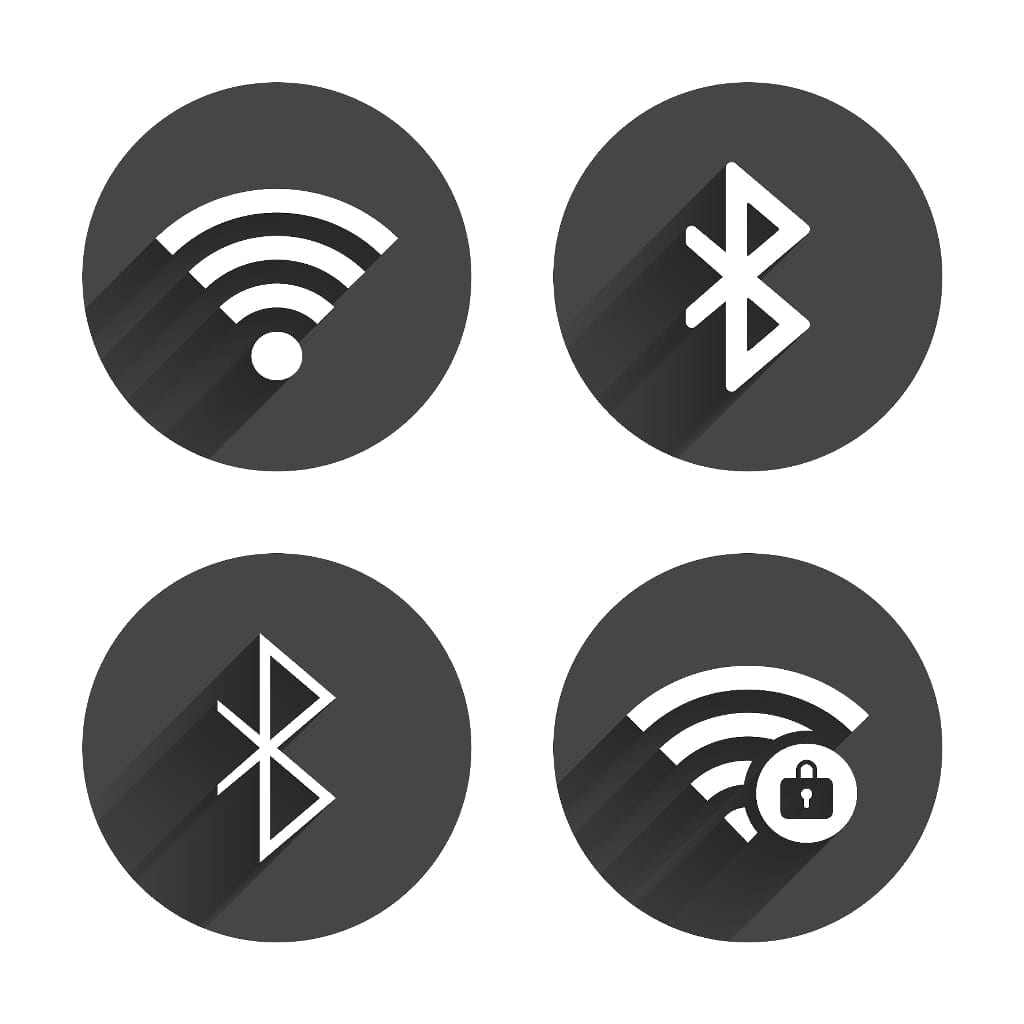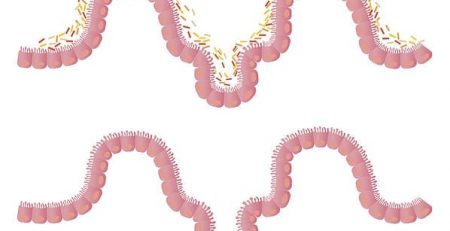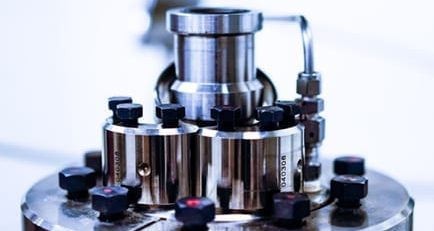UC San Diego Researchers Discover Way to Use Human Body for Data Transmission
A team from the University of California, San Diego’s Department of Electrical and Computer Engineering have discovered a way to use the human body as a medium for data transmission. This discovery could potentially replace radio technologies like Bluetooth, which, although it can transmit data as far as 30 feet, experiences high path loss (signals weakening on the way to their destination) and also exposes users to potential eavesdropping.
This technology uses magnetic fields and shows path loss that’s 10 million times lower than Bluetooth, according to PC World. It transmits data over magnetic fields that are created between two coils that can easily travel through the body. The low frequency can carry at leasy 1M bps (bit per second).
The team built a prototype network using coils of insulated copper wire, wrapped around each of a student’s arms. The coils sent magnetic signals from one arm to the other, using the body as a guide.
Professor Patrick Mercier envisions this technology being primarily used by health monitoring devices. The efficiency of the magnetic networks make it so that the devices don’t have to work hard to communicate and can run for longer periods of time off of smaller batteries. The one drawback, however, is that any device that goes on the network needs to be circular and wrap around that part of the body. This makes it ideal for smart watches or fitness bands, but for a sensor to be attached to a user’s chest, it would need to be attached to a strap around their chest. More testing needs to be done before this technology can become more widely adopted.














